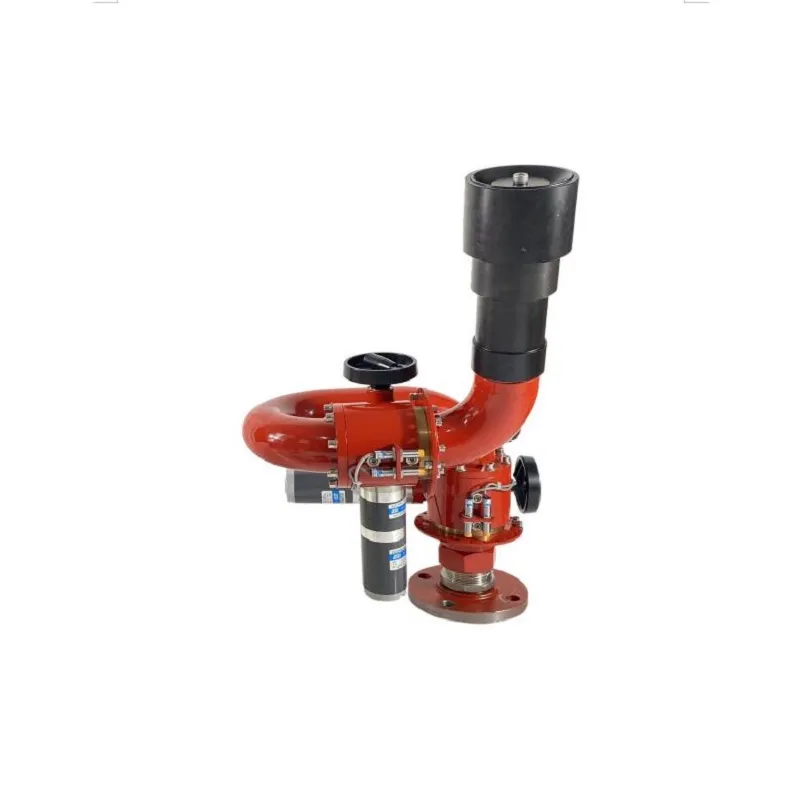Valve systems are the unsung heroes of modern industrial processes, playing a pivotal role in controlling the flow and pressure of fluids. From water treatment plants to power generation facilities, oil refineries to chemical processing units, valve systems ensure efficiency, safety, and reliability across diverse sectors. They act as gatekeepers, allowing or preventing fluid movement as required, and can modulate flow rate, direction, and pressure with pinpoint accuracy.
Understanding Valve Systems

A valve system is essentially a mechanical device designed to control the passage of liquids, gases, slurries, and even some types of solids within a piping system. It comprises various valves, actuators, controllers, and associated components that work together to regulate process conditions. Valves typically consist of a body, stem, disc (or plug), and seat, where the disc moves against the seat to initiate or halt the flow of media.
Types of Valve System
1.Gate Valves: These valves fully open or close the flow path by sliding a flat gate into the pipe.
2.Ball Valves: As the name suggests, they use a spherical ball with a hole through its center to control flow; when the ball is turned 90 degrees, it either aligns or blocks the passageway.
3.Butterfly Valves: Employing a circular disk that rotates on a diametrical axis, butterfly valves allow for quick shut-off and throttling control.
4.Globe Valves: Characterized by their linear motion of a plug inside a globe-shaped body, these valves offer precise flow regulation due to the gradual closure mechanism.
5.Check Valves: Also known as non-return valves, they permit flow in one direction only, automatically closing when flow reverses to prevent backflow.
6.Control Valves: A more specialized category that includes pressure-reducing , temperature-regulating, and flow-control valves. They are used in automated systems to maintain specific process parameters.
Advantages of Valve Systems
Flow Control: Valve systems enable precise adjustment of flow rates, ensuring optimal process performance.
Safety Measures: Critical in emergency shutdown systems, valves can quickly isolate parts of a process to prevent accidents or equipment damage.
Energy Efficiency: By managing flow and pressure, valve systems contribute to energy conservation efforts in operations such as heating and cooling.
Maintenance and Selection of Valve Systems
The correct selection and maintenance of valve systems are crucial for operational efficiency and longevity. Factors like compatibility with the medium being handled, pressure and temperature requirements, frequency of operation, and potential corrosion issues must be considered. Regular inspection, testing, and cleaning are vital to prevent valve failure and extend service life.
Valve systems form the backbone of many industrial processes, providing the necessary control and regulation of fluids to keep production running smoothly and safely. Continuous innovation in valve technology has led to improved performance, greater durability, and enhanced automation capabilities. As industries evolve and demand more sophisticated control solutions, valve systems will continue to play an indispensable role in shaping the future of manufacturing and infrastructure management.
